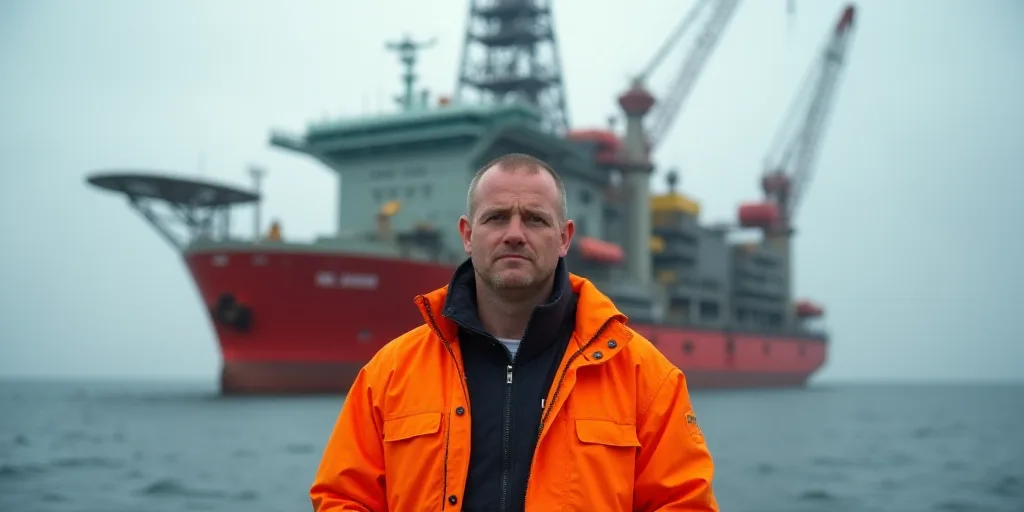The Trump administration aims to secure 90 trade agreements within 90 days. However, the challenges of rapidly resolving trade disputes are already apparent.
Maros Sefcovic, the EU’s trade chief, is scheduled to meet in Washington with other international trade officials on Monday to discuss the high tariffs announced by Trump on April 2. The EU is among the largest U.S. trading partners, with nearly $1 trillion in bilateral trade last year.
Trump initiated a 90-day clock this week by pausing the implementation of his highest tariffs for many countries following market volatility due to recession fears and inflation concerns. The 90-day pause aims to facilitate bilateral agreements with the U.S.
A Herculean Task
Growing tensions with China, which did not escape U.S. tariffs and retaliated with equal countermeasures, add to the pessimism.
Reaching trade agreements that satisfy both Trump and financial markets is an “enormous task,” Cutler asserts. Instead, the Trump team likely needs to prioritize key countries and extend the 90-day pause for others.
Even Trump’s smallest trade deals in his first term—like revising U.S.-Korea auto provisions under the KORUS FTA—took over eight months, while the comprehensive USMCA agreement with Mexico and Canada spanned more than two years.
Trump initiated the 90-day clock this week by pausing his highest U.S. tariffs for many countries after financial markets plummeted due to fears of recession and inflation, among other factors. The 90-day staydown, he said, would allow countries to reach bilateral agreements with the U.S.
Restoring confidence in financial markets is another critical goal during these 90 days. Investors sold Treasury debt this week, driving up interest rates and causing the dollar’s fall against fears of a U.S. recession and rising inflation. Gold, an investor safe haven during crises, hit a record high.
Cutler said this market turmoil would pressure Trump’s team to achieve quick wins.
“The onus will be on them to show they can quickly conclude agreements with countries and instill some confidence in the market and other trade partners that there is an exit strategy,” she said.
An Overwhelming Task
Adding to the pessimism, escalating tensions with China, which didn’t get a waiver from U.S. tariffs and retaliated with equal countermeasures, were added this week.
Achieving trade deals that satisfy both Trump and financial markets is an “enormous task,” said Cutler.
Instead, the Trump team likely will have to prioritize key countries and extend the 90-day pause for others, she said.
Even the smallest of Trump’s trade deals in his first term, revising automotive and steel provisions in the U.S.-Korea Free Trade Agreement, took more than eight months, while the broad USMCA (U.S., Mexico, Canada) trade deal took over two years.
Logistical Challenges
Many key positions remain unfilled and officials often juggle other duties, diplomats said, citing Treasury officials who met with Ukraine on Friday to advance a critical minerals deal.
Greer told Fox News his 200 staff members were “working around the clock” exchanging proposals with foreign counterparts.
The Treasury has only one other Senate-confirmed deputy, Undersecretary for International Affairs Michael Faulkender. Trump hasn’t even nominated anyone for the key post of Assistant Secretary for International Economic Policy, where a career official is serving temporarily.
USTR also heavily relies on career staff, with several key deputy positions requiring Senate confirmation still vacant.
Another complicating factor is uncertainty over U.S. trade positions, another diplomatic source added, noting that Trump’s top trade advisers each have their own views.
Some countries, including Britain, Australia, and others, have discussed trade with the administration since Trump’s inauguration in January with little to show for it.
“It’s not like there’s a firm talking points sheet being passed around. It’s a process. And I’d say use the term ‘conversations,’ not ‘negotiations’,” said one diplomatic source.



